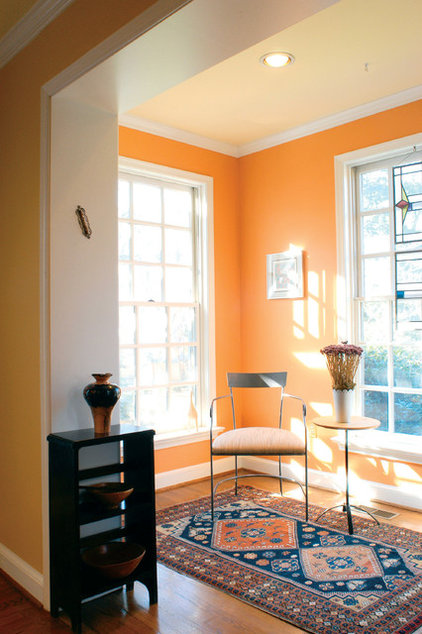
Average U.S. long-term mortgage rates were stable to slightly higher this week, remaining near their lows for the year.
Mortgage company Freddie Mac said Thursday that the nationwide average for a 30-year loan was 4.13 percent, unchanged from last week. The average for the 15-year mortgage, a popular choice for people who are refinancing, edged up to 3.26 percent from 3.23 percent last week.
Mortgage rates are below the levels of a year ago, having fallen in recent weeks after climbing last summer when the Federal Reserve began talking about reducing the monthly bond purchases it was making to keep long-term rates low.
The government reported Thursday that sales of new homes in the U.S. plunged by 8.1 percent in June, a sign that real estate continues to be a weak spot in the economy. Home sales had been improving through mid-2013, only to stumble over the past 12 months due to a mix of rising prices, higher mortgage rates and meager wage growth.
At 4.13 percent, the rate on a 30-year mortgage is down from 4.53 percent at the start of the year. Rates have fallen even though the Fed has been trimming its monthly bond purchases. Fed Chair Janet Yellen told Congress last week that the purchases likely will end completely at the end of October.
But at the same time, Yellen said during congressional testimony that the Fed still sees the need to keep its benchmark short-term rate at a record low near zero to give the economy support.
To calculate average mortgage rates, Freddie Mac surveys lenders across the country between Monday and Wednesday each week. The average doesn’t include extra fees, known as points, which most borrowers must pay to get the lowest rates. One point equals 1 percent of the loan amount.
The average fee for a 30-year mortgage was 0.6 point, unchanged from last week. The fee for a 15-year mortgage rose to 0.6 point from 0.5 point last week.
The average rate on a five-year adjustable-rate mortgage increased to 2.99 percent from 2.97 percent. The fee rose to 0.5 point from 0.4 point.
For a one-year ARM, the average rate was unchanged at 2.39 percent. The fee held at 0.4 point.
Courtesy of your Arcadia Real Estate Agent





















© 2013 The Peral Group